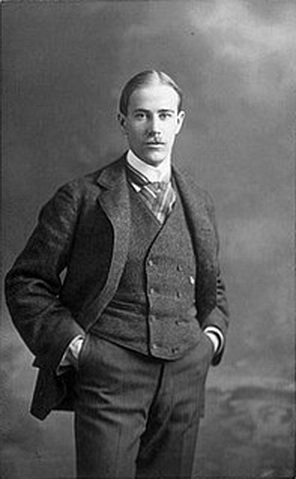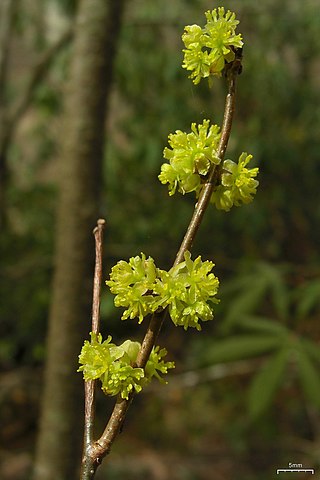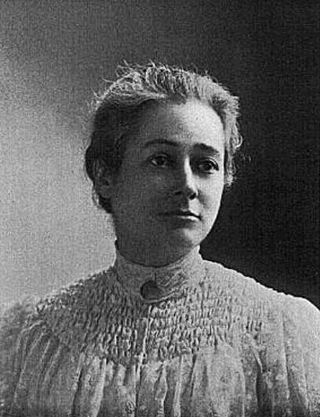
Ornithology is a branch of zoology that concerns the study of birds. Several aspects of ornithology differ from related disciplines, due partly to the high visibility and the aesthetic appeal of birds. It has also been an area with a large contribution made by amateurs in terms of time, resources, and financial support. Studies on birds have helped develop key concepts in biology including evolution, behaviour and ecology such as the definition of species, the process of speciation, instinct, learning, ecological niches, guilds, island biogeography, phylogeography, and conservation.

Iris is a flowering plant genus of 310 accepted species with showy flowers. As well as being the scientific name, iris is also widely used as a common name for all Iris species, as well as some belonging to other closely related genera. A common name for some species is flags, while the plants of the subgenus Scorpiris are widely known as junos, particularly in horticulture. It is a popular garden flower.

Birdwatching, or birding, is the observing of birds, either as a recreational activity or as a form of citizen science. A birdwatcher may observe by using their naked eye, by using a visual enhancement device like binoculars or a telescope, by listening for bird sounds, or by watching public webcams.

Roger Tory Peterson was an American naturalist, ornithologist, illustrator and educator, and one of the founding inspirations for the 20th-century environmental movement.
The National Audubon Society is an American non-profit environmental organization dedicated to conservation of birds and their habitats. Located in the United States and incorporated in 1905, Audubon is one of the oldest of such organizations in the world. There are completely independent Audubon Societies in the United States, which were founded several years earlier such as the Massachusetts Audubon Society, Indiana Audubon Society, and Connecticut Audubon Society.

Louis Agassiz Fuertes was an American ornithologist, illustrator and artist who set the rigorous and current-day standards for ornithological art and naturalist depiction and is considered one of the most prolific American bird artists, second only to his guiding professional predecessor John James Audubon.

The pygmy nuthatch is a tiny songbird, about 10 cm (4 in) long and about 10 grams in weight.

Clinton Hart Merriam was an American zoologist, mammalogist, ornithologist, entomologist, ecologist, ethnographer, geographer, naturalist and physician. He was commonly known as the 'father of mammalogy', a branch of zoology referring to the study of mammals.

Lindera benzoin is a shrub in the laurel family. It is native to eastern North America, ranging from Maine and New York to Ontario in the north, and to Kansas, Texas, and northern Florida in the center and south. Within its native range it is a relatively common plant where it grows in the understory in moist, rich woods, especially those with exposed limestone.

Florence Augusta Merriam Bailey was an American ornithologist, birdwatcher, and nature writer. Between 1890 and 1939, she published a series of field guides on North American bird life. These guides were often written with amateur birdwatchers in mind, leading to the popularity of the birding movement.

Ludlow Griscom was an American ornithologist known as a pioneer in field ornithology. His emphasis on the identification of free-flying birds by field marks became widely adopted by professionals and amateurs. Many called him "Dean of the Birdwatchers."

Mabel Osgood Wright was an American writer. She was an early leader in the Audubon movement who wrote extensively about nature and birds.

Orobanche uniflora, commonly known as one-flowered broomrape, one-flowered cancer root, ghost pipe or naked broomrape, is an annual parasitic herbaceous plant. It is native to much of North America, where it is a parasitic plant, tapping nutrients from many other species of plants, including those in the families Asteraceae and Saxifragaceae and in the genus Sedum. The name "orobanche" can be translated to "vetch-strangler" and "uniflora" can be translated to "single-flower".
The Peterson Field Guides (PFG) are a popular and influential series of American field guides intended to assist the layman in identification of birds, plants, insects and other natural phenomena. The series was created and edited by renowned ornithologist Roger Tory Peterson (1908–1996). His inaugural volume was the classic 1934 book A Field Guide to the Birds, published by the Houghton Mifflin Company.
The Peterson Identification System is a practical method for the field identification of animals, plants and other natural phenomena. It was devised by ornithologist Roger Tory Peterson in 1934 for the first of his series of Field Guides Peterson devised his system "so that live birds could be identified readily at a distance by their 'field marks' without resorting to the bird-in-hand characters that the early collectors relied on. During the last half century the binocular and the spotting scope have replaced the shotgun." As such, it both reflected and contributed to awareness of the emerging early environmental movement. Another application of this system was made when Roger Tory Peterson was enlisted in the US Army Corps of Engineers from 1943 to 1945. “...plane identification—the aircraft spotting technique—was based on Roger’s bird identification method-the Peterson system.”.

Malus angustifolia, or southern crabapple, is a species of crabapple native to the eastern and south-central United States.

Prunus caroliniana, known as the Carolina laurelcherry, Carolina cherry laurel, Carolina cherry, or Cherry laurel, is a small evergreen flowering tree native to the lowlands of Southeastern United States, from North Carolina south to Florida and westward to central Texas. The species also has escaped into the wild in a few places in California.
Silverwood Wildlife Sanctuary is a nature preserve owned and operated by the San Diego Audubon Society (SDAS). Silverwood was set up in 1965 to preserve coastal chaparral and riparian woodland habitats. It is also a nature education facility for San Diego area schoolchildren and adults, and functions as part of a wildlife migration corridor.

Verna E. Pratt was an American botanist, gardening expert, and author. She was considered an expert on Alaska native plants and wildflowers and produced several field guides on the topic. Pratt is also credited for popularizing the knowledge of Alaska plants among gardeners and recreationalists.
The Bronx County Bird Club (BCBC) was a small informal club of birders based in the Bronx, New York, active between 1924 and 1956, with residual activity through 1978. The club was a major participant in the Audubon Society's Christmas census, observing more species in the eastern US than any other team for three consecutive years. Club members Roger Tory Peterson, Joseph Hickey, Allan Cruickshank, and William Vogt became well-known ornithologists and authors.















